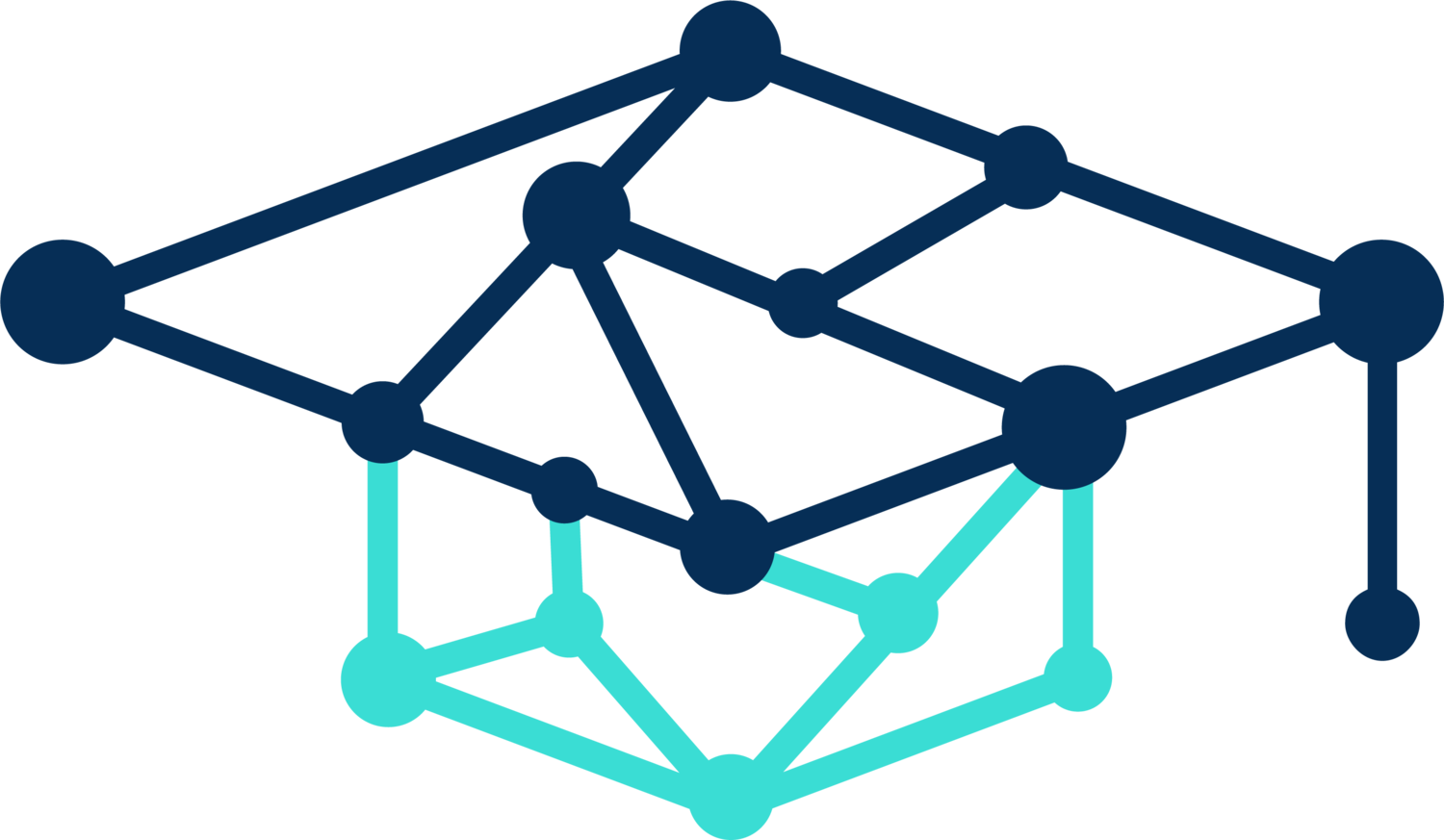How we got here. The founders’ story.
Adversity. Frustration. Failure. Necessity.
The mothers of innovation.
Computational scientist Ian Haworth was well acquainted with them all while attempting to document the quality of his school’s curriculum and meet accreditation requirements. No commercial software was specifically designed for curriculum analytics. The software could be bent and twisted to accomplish some of what was needed, but the results turned out to be a poor representation of what was actually being accomplished in the curriculum. Further, the process was extremely laborious and required the collection of data from time-stretched faculty.
Amidst the frustration, it occurred to Ian that the best solution for analyzing the curriculum was to eliminate faculty participation altogether.
Wait. What?
Yes. Of course … If you think like a computational chemist. At the time, part of Ian’s day job consisted of using computation to help design better drugs for human disease (and it still is). As you might imagine, accurately addressing questions relating to computational chemistry is an extremely demanding task with thousands of possible permutations. Because of its ability to make sense of voluminous and complex data, computation is the ideal tool.
And one day it clicked. Ian realized that curricula are also large and highly complex in nature, and that computation, and particularly artificial intelligence, could be useful for performing analytics. Ian called on a former PhD student from his laboratory, Brian Sutch, to put in play their experience in computation and build a dedicated platform for curricular analytics--a platform that focuses exclusively on the content that was actually being taught.
The intellectual team initially consisted of three PhD scientists: Ian, Brian, and Tim Gallaher. For some time, the approach was largely an academic discussion. Brian concentrated his efforts on coding and testing the core platform. A fourth PhD scientist, Dolph Ellefson, joined the development team after forming another company with Tim. The entire team was formed under the umbrella of Sarcix, Inc., in 2015.
The early software took on many forms. All initial versions followed a model where an interested client collected the course material in the form of PowerPoints, PDFs, handouts, etc. The data were manually organized and fed to the algorithm, which produced a formalized report where each event was scored according to the level of compliance to different outcomes. Initial versions simply did very fundamental mapping. The software quickly grew to meet the needs and requests of early clients. Late versions included MeSH terms, a searchable index, and a structured report.
Then came an AHA moment. A client pointed out that some of the faculty were not being fairly represented in the analytics. Closer examination revealed the normal amount of textual data required for our analytics was missing for those faculty. These were typically anatomy and histology professors who teach by example and through images, rather than words, on PowerPoint slides. For their lectures, data needed to be captured in a different way. We contracted with the client to transcribe all of their recorded lectures and use that material as our data source for analytics. Not too long ago, this would be cost prohibitive. But recent advances in automated transcription significantly reduce costs.
Transcribing lectures solved the issue of faculty representation and revealed that recorded lectures are a remarkably dense source of data. Even better, the mapping was better not just for the anatomy lectures, but for all lectures. Ian remembers describing the first comparison of audio-based maps with text-based maps as bringing the map into focus from a previous blur. This exciting step led to the start of interactions with Google, including contributing to a tangible improvement of the Google voice-to-text software for medical terminology. The team felt that they were on their way to solving the curriculum mapping challenge.
Turning point. However, there was still a big problem. Using the software in its current form, it quickly became clear that the company could not handle more than a few clients per month, severely limiting the ability of the company to grow. The sheer volume of data for manual input would quickly overwhelm the capacity of the team. The addition of large video files further diminished the team’s ability to efficiently process data. A cloud-based, fully automated SaaS version of the software became a clear necessity.
Enter the SaaS veterans. The four scientists partnered with a cloud development team and brought in Joel Heinrichs as CEO. Joel had successfully led a K-12 ed tech company into his retirement and was looking for an opportunity to contribute what he’d learned. He brought with him a few of his former sidekicks and led the march to rebrand Sarcix as mapEDU and launch the flagship cloud platform for self-serve curriculum analysis.



